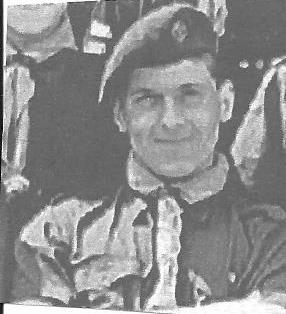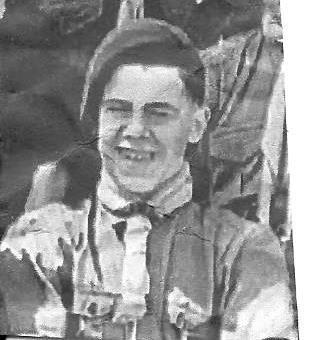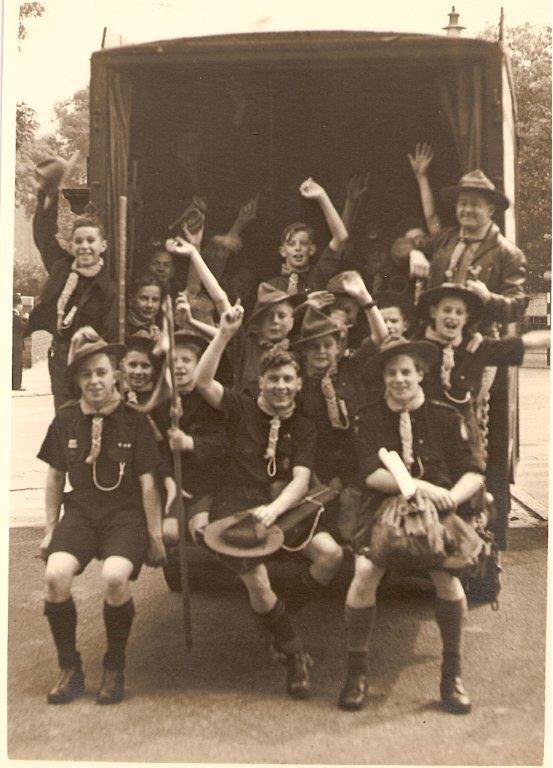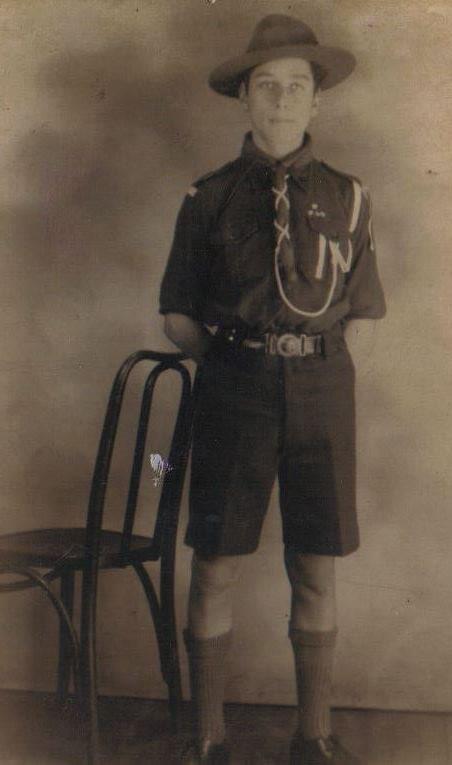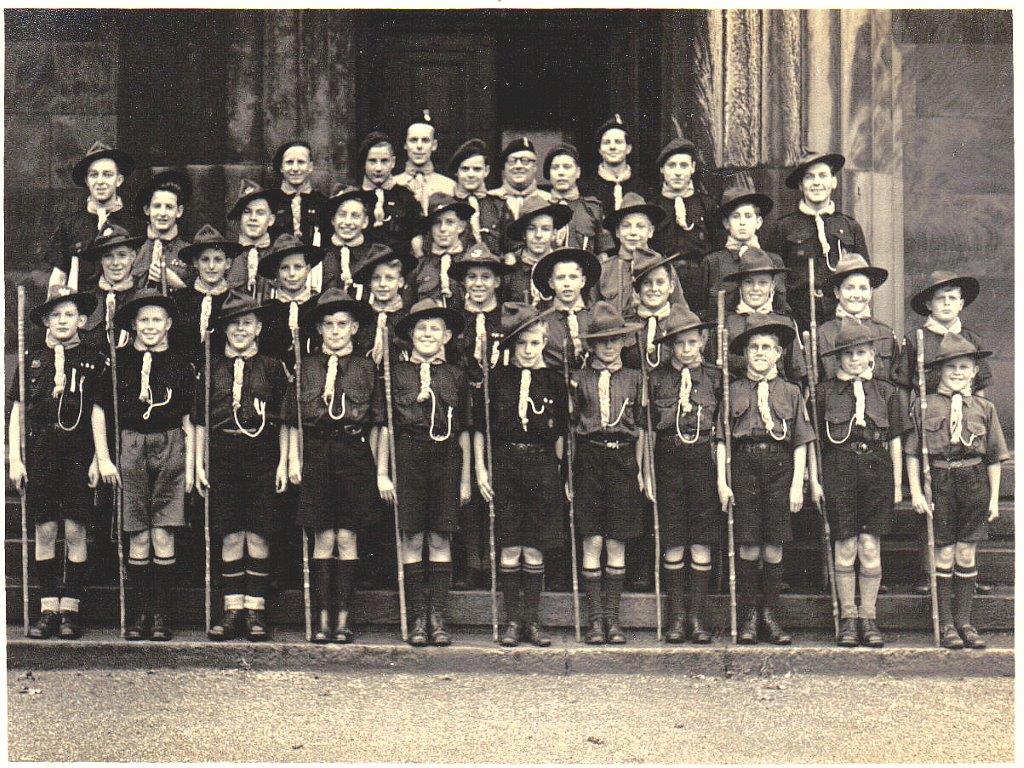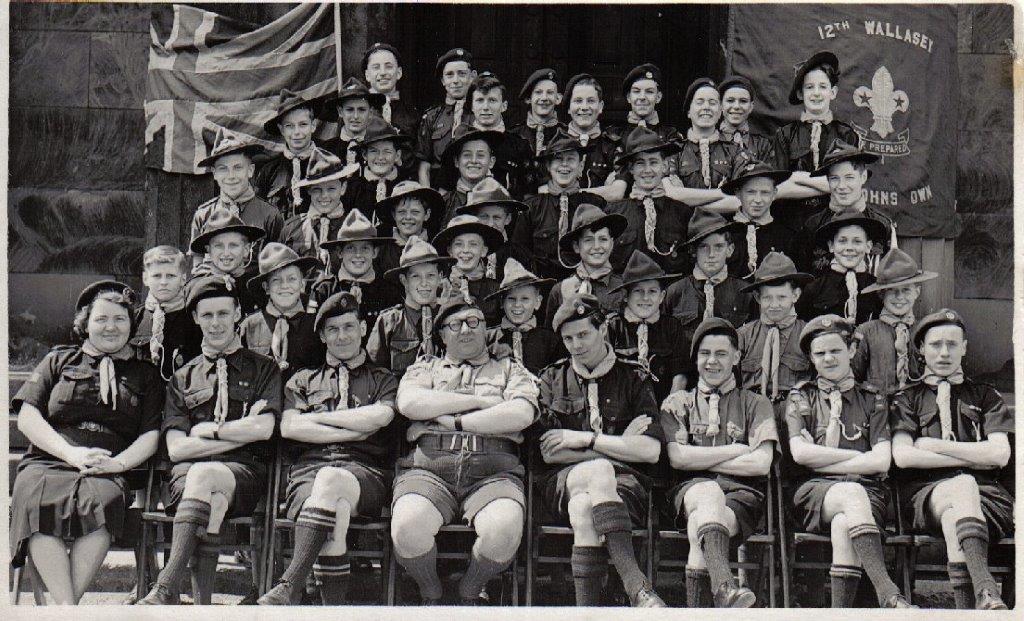
Are you an ex-member of the 12th Wallasey? Do you have any tales to tell, stories to share or even some pictures of days and camps gone by? Why not get in touch and share them with us, you may even have a testimonial you wish us to add to this section of our website.
Use the Contact Us form below to get in touch!
Contact Us
Testimonials
"I joined the Group in 2006, and Scouting for the first time. After being welcomed by the Leadership team as their new Beaver Leader I was quickly made to feel at home, and soon got started with my adventure. Now the Group Scout Leader, I am exceptionally proud of everything the Group has achieved throughout its history, and incredibly proud of each and every young member we have! It is quite a privilege to be leading the team, which includes some exceptionally active parents too, and we shall endeavour to keep going from strength to strength " -- Hawkeye, GSL - 12th
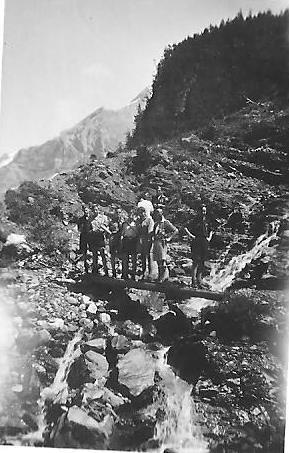
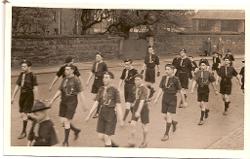
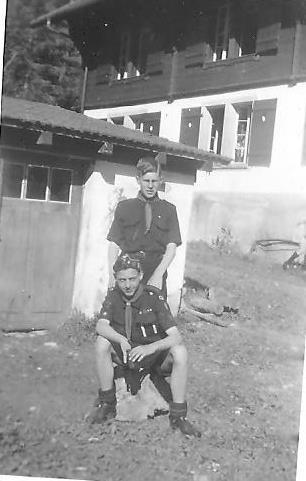
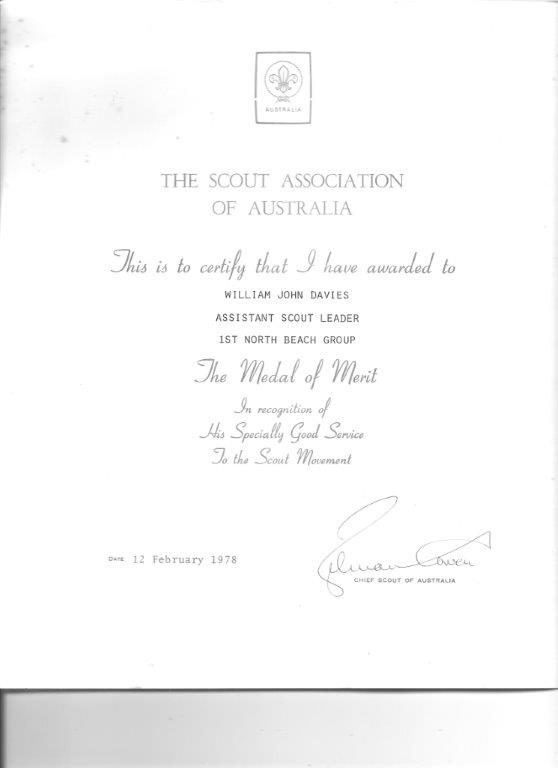
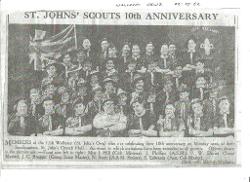
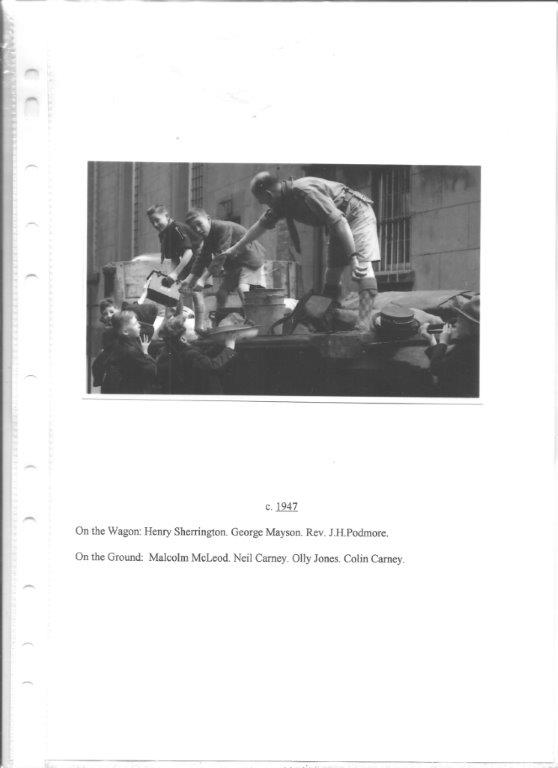
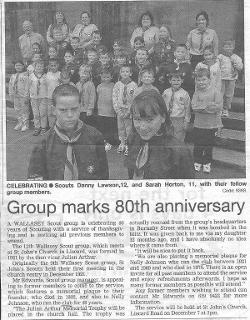
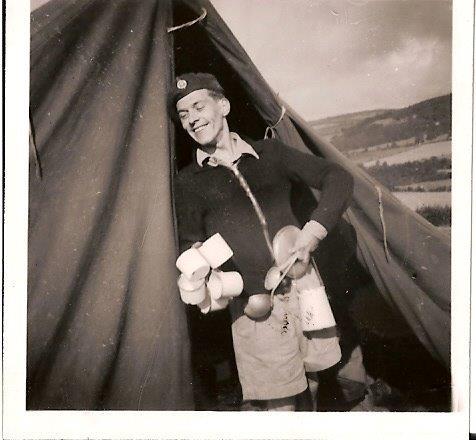
12th Wallasey (St. Johns Own ) History ~Where it began...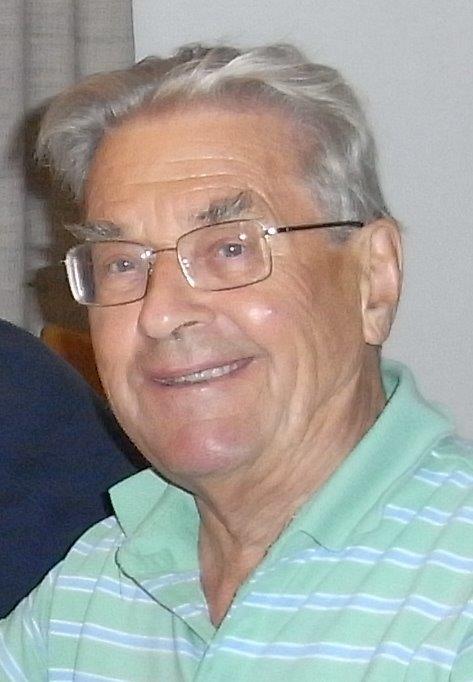
by: the late John Davies (12th Member & Honorary Group President 2015 - 2017)
It could be said that the Group rose phoenix like from the ashes of the 9th Wallasey which had become a casualty of the Blitz when the then HQ situated behind the Nurses home opposite St John's Church and the Nurses home itself were bombed. Formed in 1921 the 9th was a successful group. Regrettably records were lost although a few photographs remain - and I will share these with you as we go along.
May 1942 the then Vicar of St John's, the Rev F.C.Jackson (later a Bishop when he returned to Canada), took two boys to camp to introduce them to Scouting. Their names were Herbert Berry and David Henry. They were the first two PLs around which the troop was formed . The Peewits and the Swans. The 3rd patrol was added in the August, PL John Davies and a 4th shortly afterwards, PL Billy Gorst. These being known as Bulldogs and Eagles.
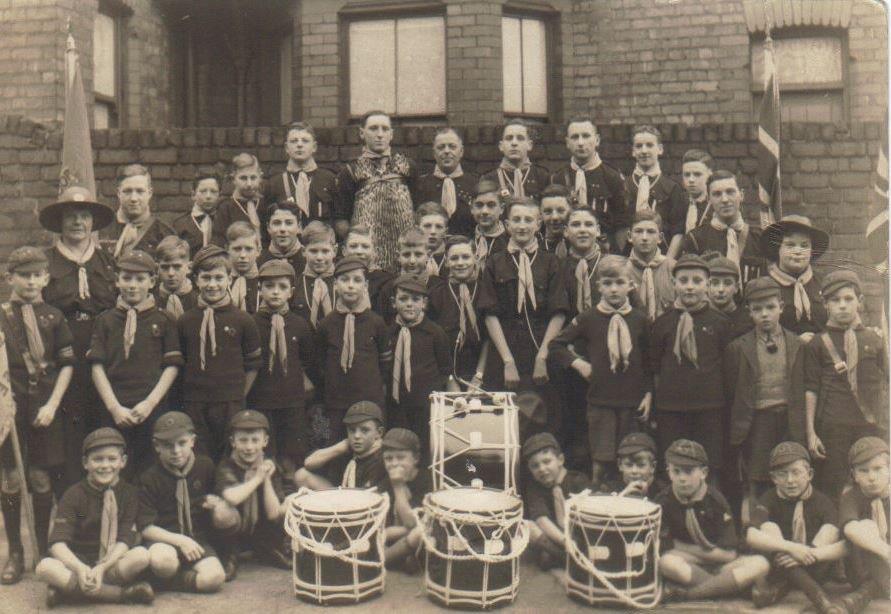
Miss Johnson (lady on the left with the hat on) who was Akela in the 9th started the new Cub pack. Miss Johnson had been the fiancé of Julian Arthur who tragically died young. Her Nephew Ernie Johnson became a member of the troop. Johnny Lloyd who also had been in the 9th became Troop Leader until his call up to the army. Originally meetings were on Saturday mornings until the likelihood of air raids had passed.
The Parish Hall behind St John’s Church became the new HQ. The group was not actually registered until 1943 as District Scouting re-emerged. As the 9th had not been officially disbanded the name could not be revived nor could we use the traditional Grey flannel scarf with the insignia on the back so the number12 was allocated and the original brown scarf introduced. Prior to 1944 summer camps were not possible but weekends were possible at the Scout Camping grounds in Moreton. Getting gear was not easy. Tins which had held baby milk together with a bit of wire made excellent billy cans though!
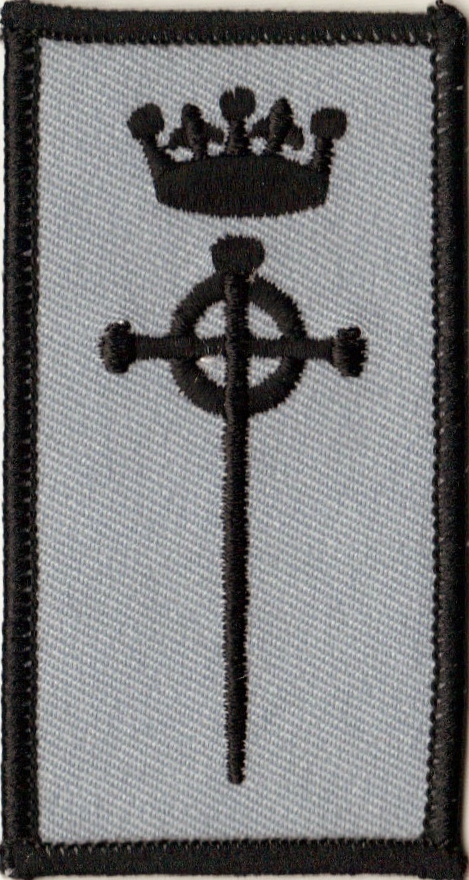 In, possibly 1944/5, the boys who had been in the 9th pushed hard to be allowed to return to the original grey scarf. Eventually this was approved by HQ . All the scarves, again in grey flannel, were made by Miss Johnson and carried the Group Emblem on the back, which was copied from a memorial in St John’s Churchyard immediately to the left of main gates. The memorial is still there today, and the Group now call this commemorative badge the Julian Arthur award - which every member receives after spending their first night away.
In, possibly 1944/5, the boys who had been in the 9th pushed hard to be allowed to return to the original grey scarf. Eventually this was approved by HQ . All the scarves, again in grey flannel, were made by Miss Johnson and carried the Group Emblem on the back, which was copied from a memorial in St John’s Churchyard immediately to the left of main gates. The memorial is still there today, and the Group now call this commemorative badge the Julian Arthur award - which every member receives after spending their first night away.
In 1944 the suggestion was being aired in the movement about formation of Senior Scouts – to be the gap between scouts and Rovers. (15-18) The 12th was one of the first groups to create a Senior troop with two Patrols The Sioux and mohawks. 'Bidge' Berry was PL the Sioux and John Davies the Mohawks and around this time both achieved King Scout. Names prior to the national introduction of names of expolorers etc.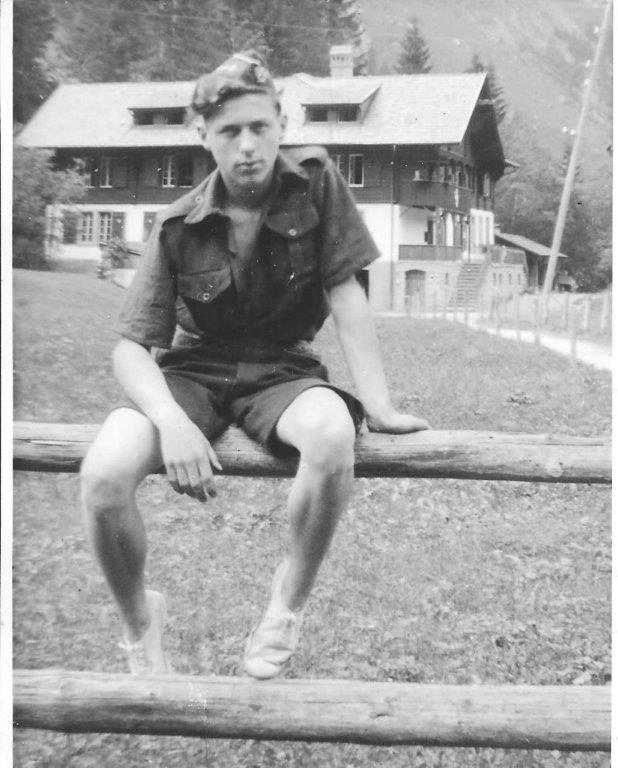
In 1946 a number of the troop were in the first group of scouts to go into Europe post war. (Some money was raised by making lead soldiers on the kitchen stove and hand painting them). En route they stayed overnight on Scotts ship the’ Discovery’ then moored alongside the Thames embankment. Entering Calais harbour was a zig zag around the wartime wrecks. Although seats were booked on the train from Calais to Strasbourg, it was so crowded that seats were not claimed and for the whole overnight journey, with many stops, the boys stood or sat on the floor. At Strasbourg the first bananas seen since pre-war were on sale! The actual accommodation was in the International Scout Chalet Kindersteg Switzerland. Other scouts were the from France and Switzerland..jpg?timestamp=1430165426724)
Interesting to learn that there were two Scout movements in France the ‘Scouts de France “ and Le Eclereurs whos call to alert in response to the Cal “Les Eclereures” was the response ‘Toujour pret”
In 1947 ‘Bidge’ Berry represented the group at the Jamboree de la Paix in Paris. As scouts came from overseas en route they stayed for a few days with Scout families. The 12th entertained a number from Sri Lanka (Ceylon in those days) and The Phillipines. Some boys then went to Gilwell and camped a couple of nights with those they had entertained in their homes.
By this time Rev Jackson had returned to Canada and the then Curate at St John's (Rev J H Podmore) had become Group Leader.
In 1949 when John Davies returned from the Army 'Poddy' asked if he would care to help with the troop and became ‘Skip’ until he moved out of the district in 1957. Akela Miss Johnson still running Cubs- a great lady devoted to Scouting.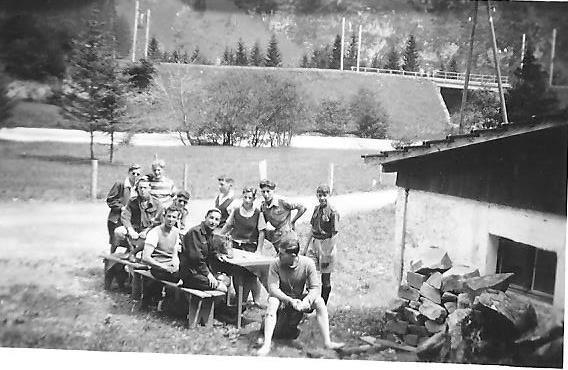
Norman Scott ,Johnny Philips , former scouts and ex-Airforce and Bidge who was studying at Oxford , whenever he could became a team . All had great satisfaction from working with the boys. Eventually Norman took on the Roll of Senior Troop Scouter and did a terrific job.
Summer camps were held in places such as Llangollen (site of a Camp in 1944), Anglesea, Brynbach, Betwys -e –coed, and Isle of Man. Because of rationing we introduced a food bank and lads were encouraged to scrounge a can of whatever to contribute. It certainly helped the catering.
For summer camps tents were hired.. To travel, the boys and leaders crammed into a very large Furniture van sitting on the gear. Wouldn’t be allowed these days! Even tighter when the tents which had been sent on to the railway station, nearest to the campsite, were picked up. The proud policy of the troop was that no boy would be left behind because of parents inability to pay the camp fee.
Weekend camps, as in pre war days held at the Overchurch– long since become an housing estate. Situated behind the Church hall was a large shed in which was stored tents and all the camping gear and the Trek Cart. Early Saturday morning or occasionally Friday evening a group or a patrol would ‘load up and pull the cart to Moreton returning Sunday evening.
Meantime ‘Poddy’ moved to Birkenhead with his own Parish and Joe Bragger moved into the district and took on the job of GSM. Joe served on Malta during the war and was a member of the Malta Rover Crew.
No history could be complete without recording the incredible contribution made by Stan Edwards. He must always be remembered for the 50 years he devoted to the group. Stan was in turn a Cub Patrol Leader, and Troop Leader joining the team of scouters. His Father was a stalwart on the parents committee for many years. Pictured below is John (Left), and Stan (Right)
